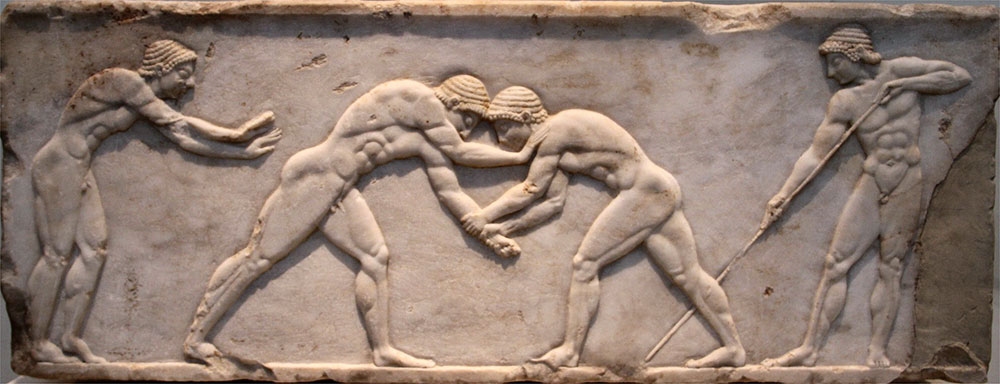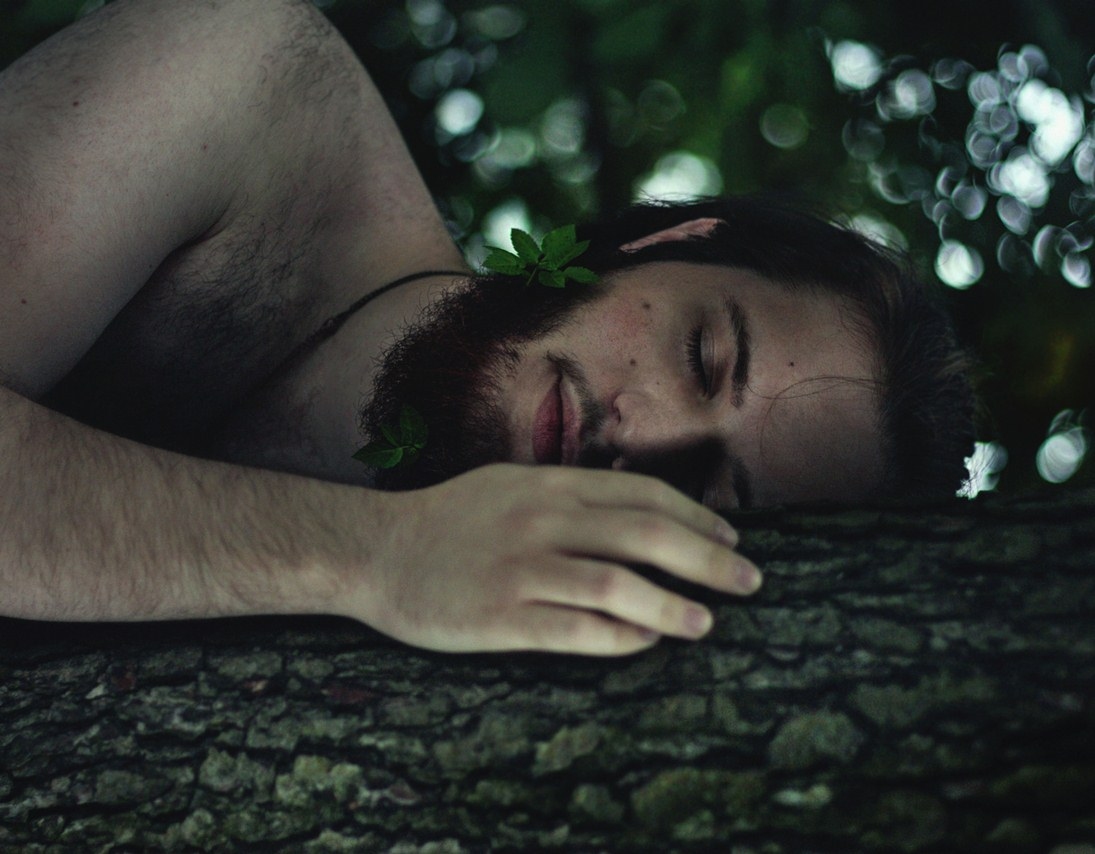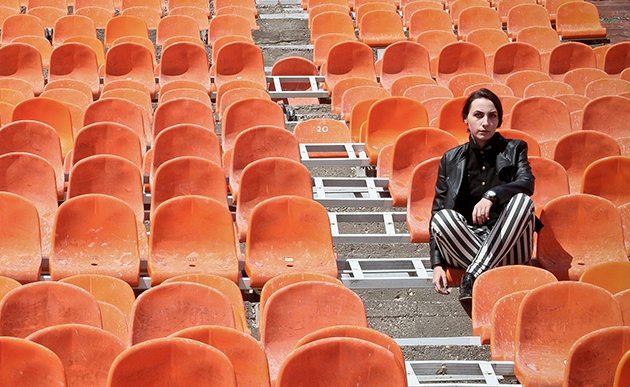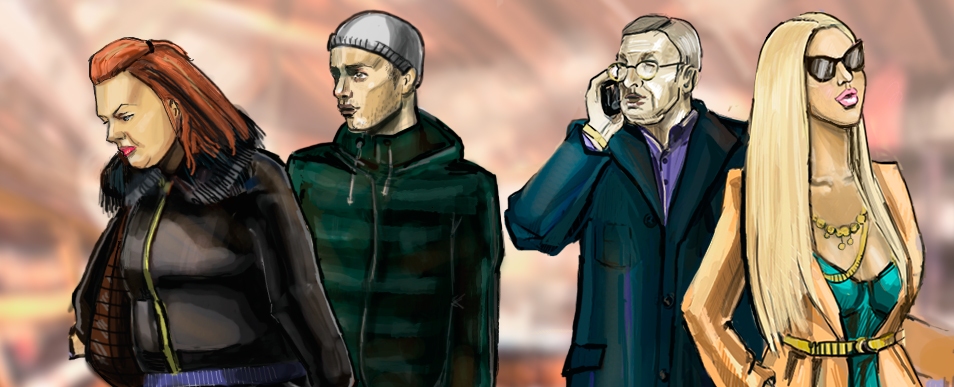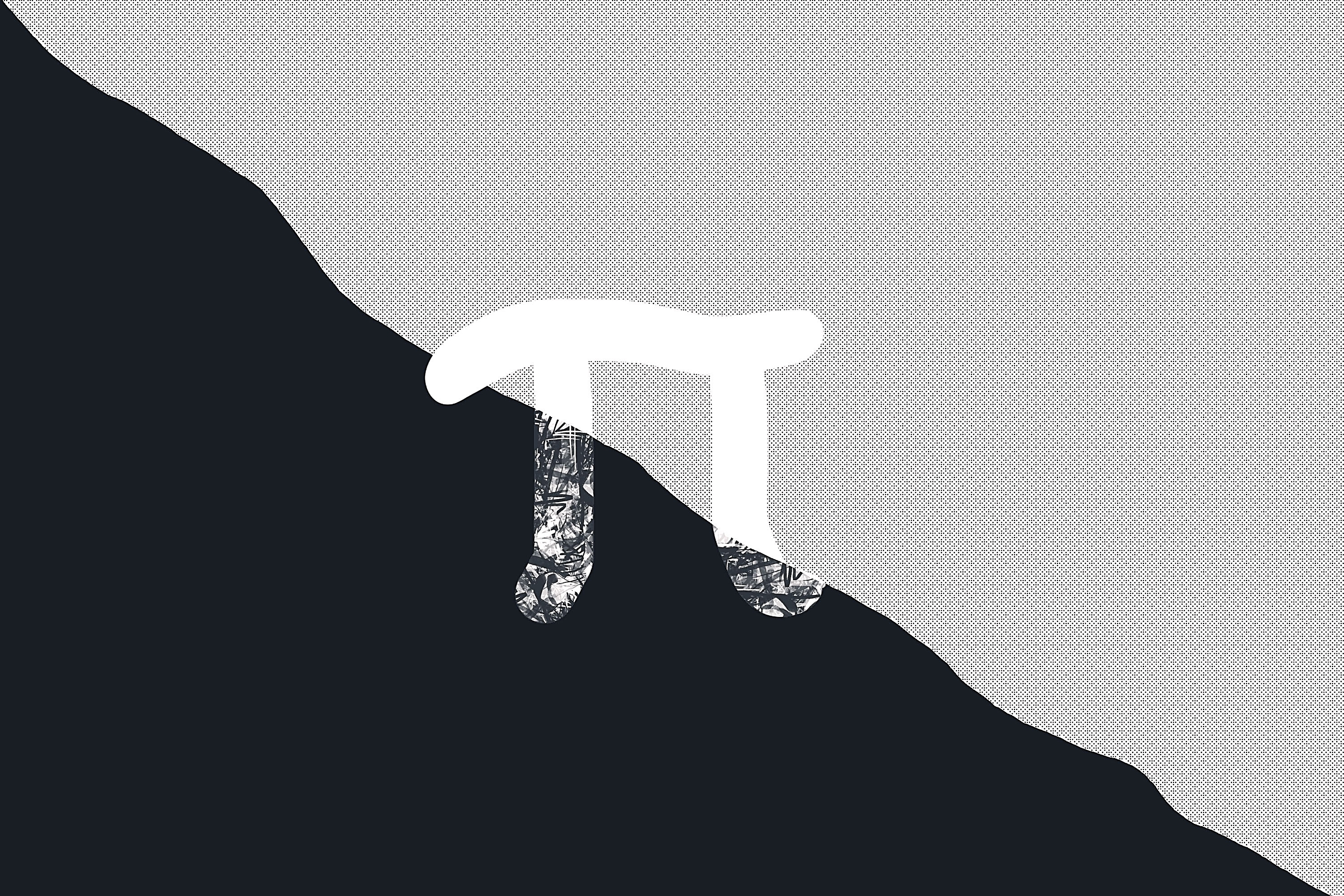What is masculinity, why do violence and homophobia matter for “real” men, how does the patriarchal idea of men influence society as a whole and how do we break out of the vicious circle of stereotypes?
What Is Masculinity?
The term masculinity itself is far from new. It was coined in early 19th century and initially used in discussions on men and women’s “natural” qualities supposedly inherited at birth. What was meant by masculinity were peculiar “manly” traits such as aggressiveness, rationality, active attitudes, resourcefulness, high intellect, physical force, and other well known stereotypes.
So called essentialism, the notion that people are born with pre-given behavior and interaction models and other personal characteristics, was widely criticized by several sociological and psychological traditions at once. The idea of innate characteristics was replaced by the constructivist approach. Constructivism maintained that one’s interaction with others, definition of self in society, and expression of the inner sense of self were products of the social order: nothing is natural, everything is social. The progress of the sociology of gender and feminist methodology has helped reconsider masculinity as a phenomenon and question its “natural” origins.
The silliest norm: a boy must be patient and strong, and if he isn’t, he’s not a boy. I don’t get it, what rubbish is that? As if a girl can’t be that, or if a boy has a different personality he stops being a boy.
Katya, 14
Today masculinity is defined as a set of norms, roles, values, personal characteristics, and behaviors traditionally expected from men in society. If you are born a man, then welcome into the “brave new world” where you must build your own business, make an academic career, get married (to a woman only) and, indispensably, perform some sort of feat to prove how fearless and heroic you are.
Masculinity has to do not only with someone’s personal traits, it also dictates how the person interacts with others. According to a gender researcher, Sidney University professor Raewyn Connell, masculinity is a way to legitimate patriarchy, i.e. the system where the “female” is subjugated to the “male”. Under patriarchy, masculinity becomes a social and cultural standard that enables relationships of dominance and oppression.
People expect that I’ll necessarily dominate and be the top in romantic/sexual relationships. There can be no equality: either I’m the boss, or I’m not a man.
Hagra, 23

But where does the oppression of the “female” come from? Analyzing the hierarchy of masculine characteristics, American gender psychologist Shawn Meghan Burn writes that norms ascribed to men in European culture may be divided into three categories. The central norm is probably toughness. An “ideal man” does not only actively demonstrate physical toughness (engaging in sports and performing hard physical labour), but also proves himself an expert in his field. The norm of intellectual toughness implies that a man has to command knowledge in its entirety and be a model of professionalism. Emotional toughness prohibits public and private revealing of emotion, except for those that support the physical and intellectual norms. Men’s allowed emotional scope is limited to aggression and violence, which are projected both verbally and physically. You must not cry “like a girl” but you can hit if you’re upset.
[For people around me, transition] also changes how they see my mental problems: before, I was a “hysterical girl”, now I’ve got “self control issues”, whatever that might mean. The boundaries people place on my orientation have become a lot tougher. Before I could answer “I don’t know”, “I don’t like to put labels on myself”, now they demand a clear answer. They expect me to be decisive everywhere. I have to be more self-disciplined, control my emotions, be confident and in good spirits 24/7, and if I’m not it must mean something serious has happened.
N., 20
Social status and contacts in the public sphere are regulated by the norm of success. According to it, relationships to others: colleagues, friends, lovers, must be used directly or indirectly to achieve a higher social status. Choosing one’s profession, hobby, pastime activities should be in accordance with social requirements and enhance one’s symbolic capital.
People probably expect me to say something like “Since childhood I’ve played with cars, liked football and drunk beer with my gang while looking at erotic pictures in magazines.” When I don’t say this they get confused and don’t understand what masculinity means for me and how I got to determine for myself that I was a man. The irony is that I know those people well and they have never liked football, played with cars, or done anything else on that list either. So how did they determine their masculinity then?
N., 20
Essential to maintain relations of dominance is the anti-femininity norm. Many researchers who have examined ways of constructing masculinity come to the conclusion that masculinity does not exist autonomously. It is constructed by contradiction and is visible only against the polar category: femininity, i.e. qualities traditionally expected from women. Simply put, to be a man is not to be a woman: to distance oneself furthest possible from femininity and constantly prove it with one’s actions. The mutual exclusiveness of those categories and the difference in symbolic weight attributed to them in the patriarchal society is what ensures the system’s stability. Whereas femininity is described as peculiar, passive, emotional, irrational, weak, and dependent, masculinity is constructed by contrast as something “better” and implying power over the feminine.
Among patriarchally inclined acquaintances, selfies are banned for me. They believe them to be something extremely “feminine”. But I don’t see any connection at all. I was told a lot of things but one incident was particularly shocking. I bought some clothes at the mall and sent pictures to a girl I knew. There were all sorts of things: hoodies, T-shirts, and one single thing from the ladies’ department: a pink floral print sweater. I liked that thing and it looked well on me, so I bought it without thinking. She was very surprised by that, she said she wouldn’t expect me to buy something like that. But I happen to like colourful things a lot, I loved them as a kid. I cannot imagine myself only wearing gray.
N., 20
The unrealistic image of an “ideal” man who fulfills all the norms listed above becomes a cultural standard of masculinity. The “ideal” man not only receives social approval but also obtains huge access to resources and power, and that is why conforming to masculinity norms becomes so desired: rather than being oppressed, you oppress others. That unachievable but still constantly projected ideal that men are oriented towards has been dubbed hegemonic, or dominant masculinity. The men who manage to get closer to the norm of the dominant masculinity obtain more privilege and more opportunities to control other men and women.

Masculinity and Privilege
Often when patriarchy as a system of oppression is being discussed, men tend to get very defensive in response to any critique of masculinity: “Personally, I don’t oppress anybody! I have no privilege!”
Feelings of individual powerlessness and thinking of men to be powerful as a group both have to do with the cultural standard of hegemonic masculinity. Speaking of masculinity we must not forget that the men who represent it are not only looked at from the angle of gender. Race, age, social class, citizenship, sexual orientation, and many other characteristics influence the extent to which a specific man matches the norm and the share of privilege he gets. To understand which men are eligible for the maximum of social goods, it may be helpful to think of the classical image of the white heterosexual monogamous middle class man who loves sports and his car. Drawing on the standard ideal representative, the patriarchal system judges all men and constructs a hierarchy between unequal masculinities.
Although most men do not fully match the requirements of the hegemonic masculinity, they all receive some of the patriarchal dividends. Those are not only strictly material goods such as higher wages, but also other power advantages: access to public authority, symbolic prestige, the right to control and command. The hierarchy built among individuals according to the extent to which they match the “golden standard” of masculinity determines how resources are distributed. This being said, obtaining privilege depends on constantly confirming one’s status: to claim the goods one has to prove that one matches the masculinity norm.
I have long hair. My circle happens not to stab me in the back for that but other people are often confused. I remember once being approached by a tipsy man at a bus stop who asked politely whether it’s hard to manage it. The only incident that hurt my feelings was at a military base where I went to apply at the training department. A warrant officer there made all sorts of sarcastic remarks, like, they didn’t accept people like that. It makes no sense to argue with people who say such things. You cannot change the worldview they’ve been building for years, it’s easier to keep silent or leave.
Ivan, 22
There is obviously no “gender police” visiting men at home to “measure” how masculine they are and either reward them with privilege or take it away. The goods and power distribution system embedded in patriarchy implies subtle control on the part of others, which includes approval as well as censure. Kimmel has described this process as a homosocial spectacle: “Other men watch us, rank us, grant our acceptance into the realm of manhood. Manhood is showcased for other men’s approval. It is other men who evaluate the performance.” Characteristically for this type of control, women are excluded from the privilege distribution system. Their oppressed status within the hierarchy prevents them from directly influencing the power system. Men rather use women to obtain symbolic capital and comply with the norms of heterosexuality, procreation, and creating a couple, however, it is only other men’s judgement that really matters.
Because resources are limited, men have to maintain their claims for privilege and confirm their compliance with the norms of toughness, success, and anti-femininity through practices of dominance and violence.

Masculinity as Violence, Homophobia, and Sexism
In a patriarchal system, violence emerges as an instrument of upholding power and at the same time legitimizing its use by specific groups and individuals.
First of all, violence in the broadest sense (as direct physical aggression, and verbal and symbolic dominance: calling names, humiliating, using objectifying images in the media, etc.) is used against women. Violence against femininity does not aim at repressing it, but rather at maintaining inequality and the rigid boundaries of the norm. For example, to be considered masculine, one has to demonstrate aggression, be prepared to use his right to kill and be killed, to set himself at the absolute opposite of all femininity and prove that with his actions.
The constant attempts to prove one’s masculinity to somebody are simply hilarious. For instance, my most recent favourite piece in that regard is The Punisher 2099. The main character is so manly that almost everything he says are either oneliners on punishment or a closeup of his extremely tense face when he laments the fact that he can’t punish more cruelly. I think the funniest thing is that I’ve actually met people who were very close to that. They didn’t dream of punishing crime efficiently, of course, nor did they smash mugs against the floor to prove how manly they were… But strenuously firm handshakes, mom jokes as the only enjoyable kind of humour, and “are you out of your mind, a man can’t drink a cocktail with more than two ingredients in it!” — stuff like that is also funny in a way.
Figa, 22
The requirement to use aggression against others forms another dimension of violence within masculinity: violence against the men who fail to fulfil their role. Homophobia and sexism emerge as a response to the fear of being accused of not performing one’s own role correctly. The need to distance oneself from femininity and back up one’s claim to meeting the norm is expressed in publicly ostracizing that which is “different”.
Sexism offers two sets of actions and stereotypes: “like a girl” or “like a man”, and builds a system of surveillance to ensure that people follow the ascribed roles. The fear to appear not manly enough and undermine others’ confidence in one’s masculinity makes men resort to violence.
A couple of years ago I inadvertently dyed my hair in a particularly vivid shade of red. One night I was waiting for someone in a loft, and a man in his fourties came to me saying: “Boy, are you… well… one of them?” When I answered: “Erm, no”, he smiled in a friendly way, gave me a smack on the shoulder, and announced that if I didn’t washed that dye out immediately, I would “get beat up on every corner”.
Figa, 22
Michael Kimmel remarks that when we analyze homophobia as a constitutive element of masculinity, it is important to understand that homophobia is not aggression against men who practice relations with other men, but against the feminine in men. Homosexuals who are described within patriarchy as “effeminate”, are refused the right to represent hegemonic masculinity, which significantly reduces their privilege. Under that perspective, homosexuality is regarded as implying submitting to other men, putting up with violence and ridicule on their part for being connected with femininity. The irony is that homosexuals who follow the strategy of sexism publicly humiliate women and intentionally emphasize their masculinity to ensure that they are at least partially accepted in the privilege distribution system.

The Masculinity Crisis
Around the mid-’90s, with feminism establishing itself not only as an activist practice but also as a tool for transforming society at a state level, sociologists researching masculine identity construction have started using the term of masculinity crisis.
Because the crucial masculine practices of dominance, such as direct violence, public aggression, sexism, and homophobia, are being increasingly banned by law and negatively judged by society, masculinity as an ideology of oppression loses its legitimization and support in culture. Changes in the media and cultural representation, such as LGBTQAP+ inclusion in the cultural field, the expansion of the range of body representation, women developing their potential and increasing their opportunities in politics—all that leads to changes in the established values. The “breadwinner” role is being reinterpreted, the public and private spheres are increasingly seen as necessarily interpenetrating, which subverts the masculinity norms and prompts societies to reconsider relationships between women and men.
On the one hand, I’m impatient to see my appearance change, and on the other, I’m tired of people trying to control my life and label me all the time. I like the approach that says the terms “masculine/feminine” are self-filling and mean something different for everybody. Partly it’s society that fills them with meaning, partly we do it ourselves. I don’t want to have anything in common with the surrounding society.
N., 20
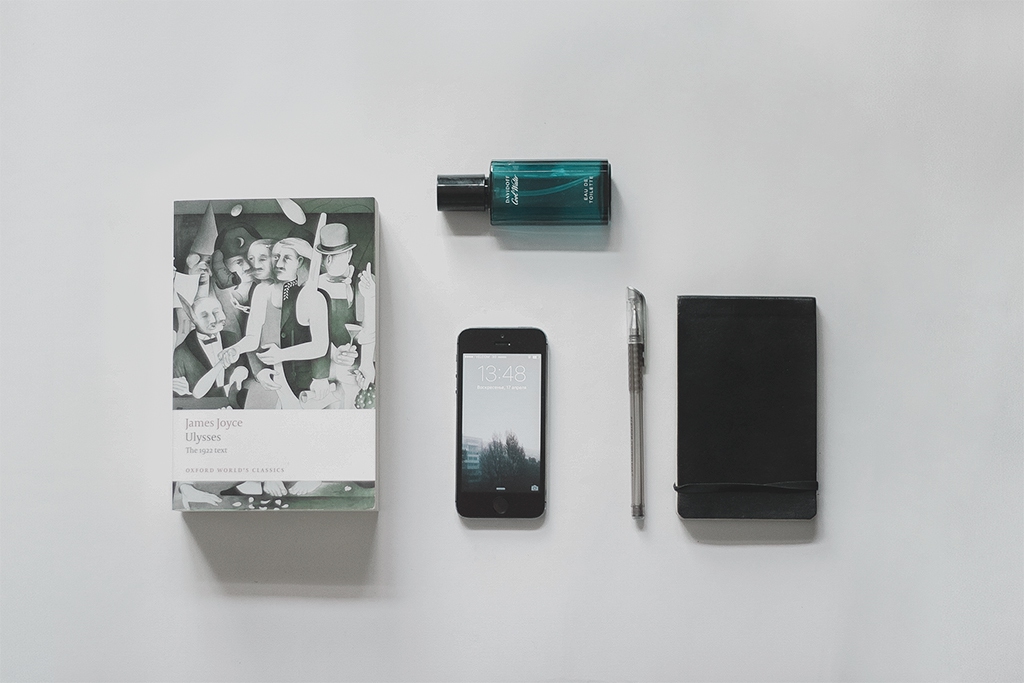
New Masculinities
Strategies to overcome the masculinity crisis are far from homogeneous and, just as the notions of masculinity themselves, depend on the social and cultural context. They may be tentatively divided into progressive ones, that imply reconsidering masculinity norms and values and moving forward, and conservative ones, offering tools to deepening the gap between femininity and masculinity and strengthening the patriarchal system.
The conservative strategy that confirms the idea of women and men as “different people” is mostly used in neopatriarchal contexts. This tendency is typical for economically and politically unstable regions where traditional notions of what is due (income, marriage, family) cannot be fully realized. An important role is also played by the throwback to clerical values and traditional masculine roles. Practices of oppression and violence are used then not only by men against women. While domestic violence is normalized, aggression becomes a “real man’s” distinctive feature, militarist practices of men’s domination over men are actively used: recruiting into the army, imprisoning, legitimizing violence in public spaces etc. create a new order where the power goes to the strongest.
A promising strategy among the progressive ones is that of reconsidering masculinity. It implies rethinking traditional patriarchal values, undoing the idea of men as a homogeneous social group with a “white European face”, and creating a plural concept of masculinity that not only resists patriarchal hierarchy, but also rehabilitates femininity. A real achievement of that strategy is the phenomenon of new fatherhood. “New fathers” are men who display emotional competence and closeness to children, develop care skills, and blur the boundary between the private and public spaces. It is against that backdrop that the idea of revising masculinity and introducing feminist values to it is taken to a next stage. Anti-sexist, non-homophobic behavior, consciously refusing practices of oppression of women, children, and other men create a “new manhood” distinguished by emotional openness and a desire for friendly closeness to others.
Processes of reinterpreting femininity and masculinity are undoubtedly closely linked to changing social notions of women and men and their roles. However, waiting for society to change without attempting to change yourself is to avoid the problem and ignore real tools for solving it. To speak publicly of the limitations enforced by traditional masculinity, to search for ways to overcome them, to hear the oppressed groups’ opinions seems to be one of the steps towards a more equal society where different men and different women will find their place.
© Photos by Nollaig Lou







